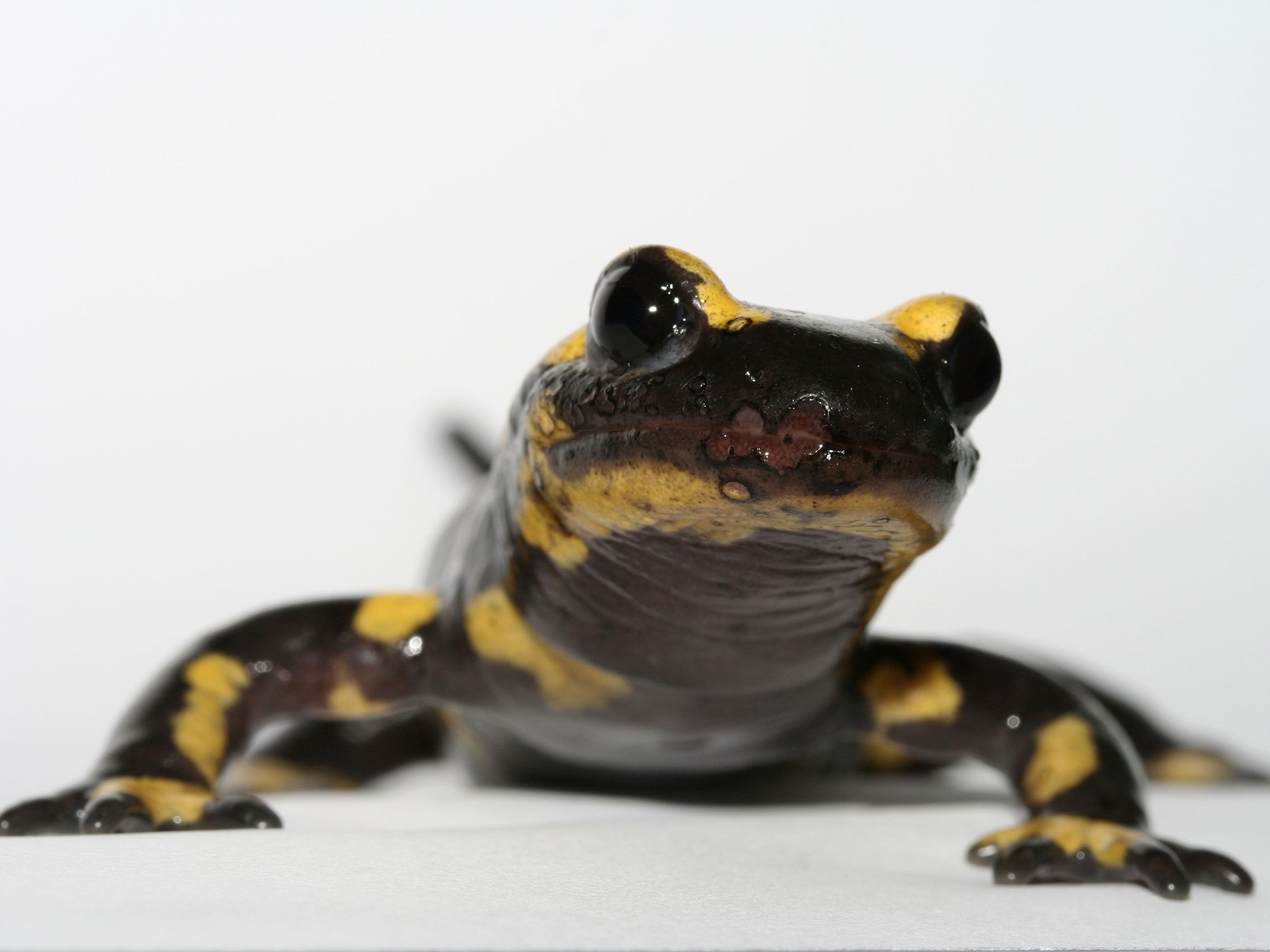Deadly fungus killing British newts after spread from east Asia
Great-crested British newt at risk from east Asian parasite

Your support helps us to tell the story
From reproductive rights to climate change to Big Tech, The Independent is on the ground when the story is developing. Whether it's investigating the financials of Elon Musk's pro-Trump PAC or producing our latest documentary, 'The A Word', which shines a light on the American women fighting for reproductive rights, we know how important it is to parse out the facts from the messaging.
At such a critical moment in US history, we need reporters on the ground. Your donation allows us to keep sending journalists to speak to both sides of the story.
The Independent is trusted by Americans across the entire political spectrum. And unlike many other quality news outlets, we choose not to lock Americans out of our reporting and analysis with paywalls. We believe quality journalism should be available to everyone, paid for by those who can afford it.
Your support makes all the difference.The international trade in pet newts and salamanders has spread a deadly skin fungus from east Asia to Europe, posing a further threat to the endangered great-crested newt of Britain, scientists said.
A previously unknown fungus called Batrachochytrium salamandrivorans was first discovered last year and a survey of more than 5,000 amphibians across the world has revealed its global spread from its native Asia.
Scientists believe the pet trade has helped the fungus to spread from Thailand, Vietnam, China and Japan to Europe, where it has already caused the collapse of fire salamanders in the Netherlands.
So far the disease, which does not appear to harm frogs or toads, appears to be limited to the Netherlands and Belgium, but experts at the Zoological Society of London believe it poses a threat to Britain’s native amphibians, including the great-crested newt.
“When a disease has been around for a long time, animals develop resistance to it. Globalisation has resulted in the movement of humans and animals all across the world, bringing pathogens into contact with hosts that haven’t had the opportunity to establish resistance,” said Professor An Martel of Ghent University.
“As a consequence, pathogens like B. salamandrivorans that are brought to a new environment can very rapidly threaten many species with extinction,” said Professor Martel, one of the authors of the study published in the journal Science.
Asian salamanders and newts are traded in large numbers across the globe – for instance more than 2.3m Chinese firebelly newts were imported into the US between 2001 and 2009. The researchers found that the fungus can easily be transmitted between salamanders of different species by direct contact.
Karen Lips, an amphibian expert at the University of Maryland, said a clampdown in the pet trade is vital.
“If scientists and policy makers work together on this, we have a rare opportunity to stop an epidemic from spreading around the globe with potentially deadly effect,” Dr Lips said.
Join our commenting forum
Join thought-provoking conversations, follow other Independent readers and see their replies
Comments